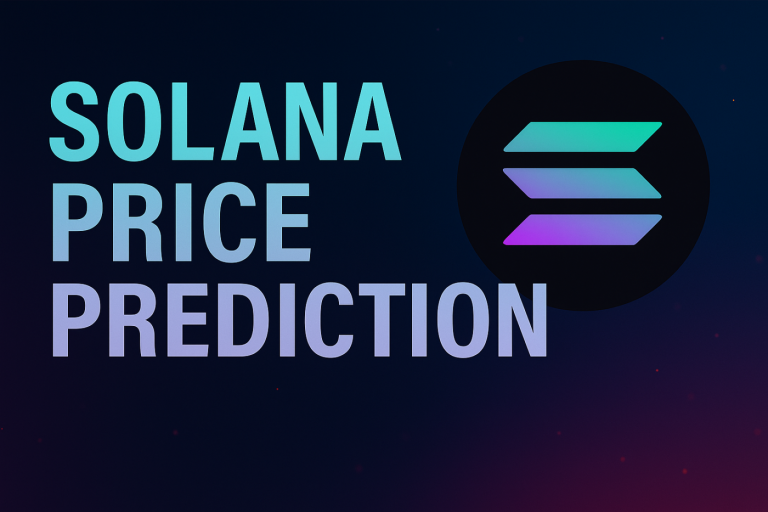
“
The Rise of Central Bank Digital Currencies: What to Expect in 2025
Central Bank Digital Currencies

Central Bank Digital Currencies (CBDCs) are digital forms of a country’s fiat currency, issued and regulated by the central bank. They are designed to provide a safe, efficient, and convenient means of payment, and to promote financial inclusion. With the rise of digital payments and financial technology, many countries are exploring the potential of CBDCs to improve their financial systems. For a deeper understanding of the implications of digital currencies, check out our article on navigating regulatory challenges.
The concept of CBDCs has been around for several years, but it has gained significant attention in recent times. In 2020, the Bank for International Settlements (BIS) published a report on CBDCs, highlighting their potential benefits and challenges. Since then, many central banks have started to explore the possibility of issuing their own CBDCs. As we look to the future, it’s essential to consider the future of money and how these currencies will fit into the broader economy.
Benefits of CBDCs

CBDCs have several benefits, including:
- Improved financial inclusion: CBDCs can provide access to financial services for the unbanked and underbanked populations.
- Increased efficiency: CBDCs can reduce the need for physical cash and improve the speed of transactions.
- Enhanced security: CBDCs can reduce the risk of counterfeiting and improve the overall security of the financial system.
- Reduced costs: CBDCs can reduce the costs associated with printing, distributing, and maintaining physical cash.
Challenges and Concerns

While CBDCs have several benefits, there are also challenges and concerns that need to be addressed. These include:
- Privacy concerns: CBDCs can potentially compromise individual privacy, as transactions can be tracked and monitored.
- Security risks: CBDCs can be vulnerable to cyber attacks and other security threats.
- Financial stability: CBDCs can potentially disrupt the traditional banking system and affect financial stability.
- Regulatory frameworks: There is a need for clear regulatory frameworks to govern the issuance and use of CBDCs.
What to Expect in 2025

In 2025, we can expect to see significant developments in the world of CBDCs. Many countries will continue to explore the potential of CBDCs, and some will likely issue their own digital currencies. We can also expect to see improvements in the technology and infrastructure that support CBDCs, as well as increased adoption by consumers and businesses. To learn more about the evolving landscape of digital finance, read our post on breakthroughs in renewable energy technology and its implications for financial innovation.
The rise of CBDCs will also have significant implications for the financial industry, including banks, payment providers, and other financial institutions. They will need to adapt to the changing landscape and find new ways to provide value to their customers.
Conclusion

In conclusion, Central Bank Digital Currencies are on the rise, and 2025 is expected to be a significant year for their development. With their potential to improve financial inclusion, increase efficiency, and enhance security, CBDCs are an exciting innovation in the world of finance. However, there are also challenges and concerns that need to be addressed, and it is essential to carefully consider these factors as we move forward.
See more:
https://www.bis.org/
https://www.imf.org/
https://www.worldbank.org/



